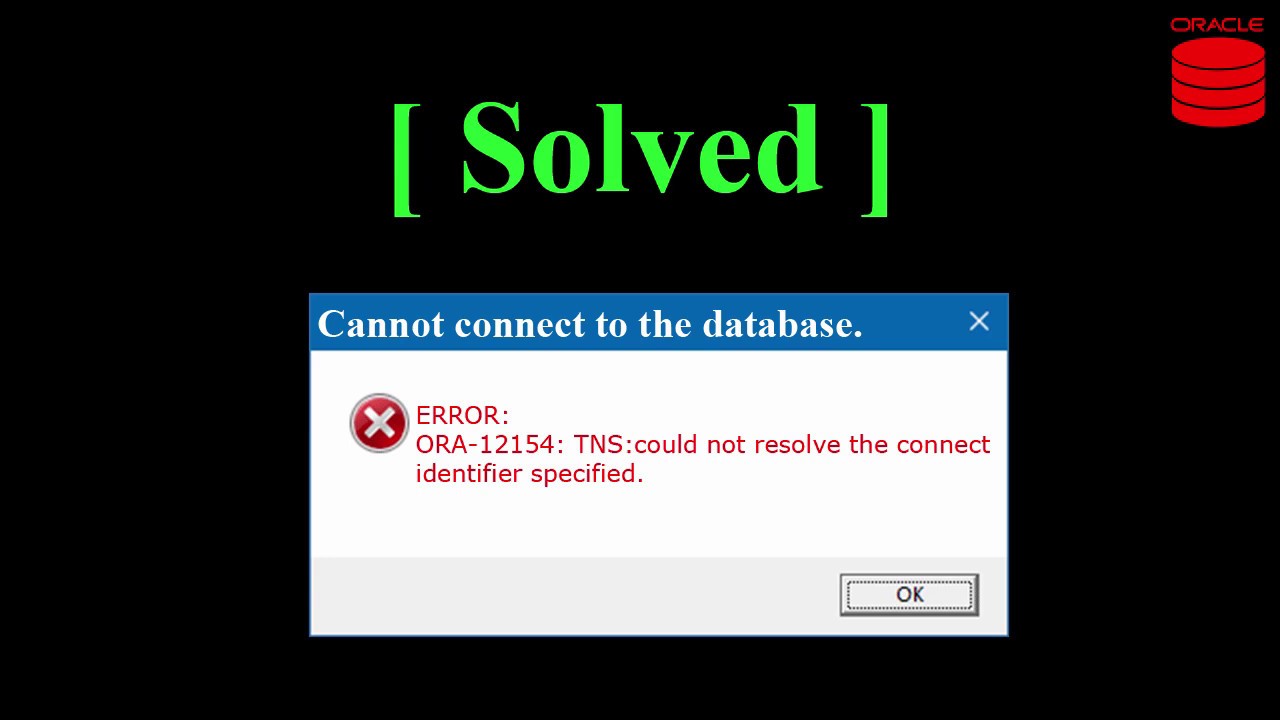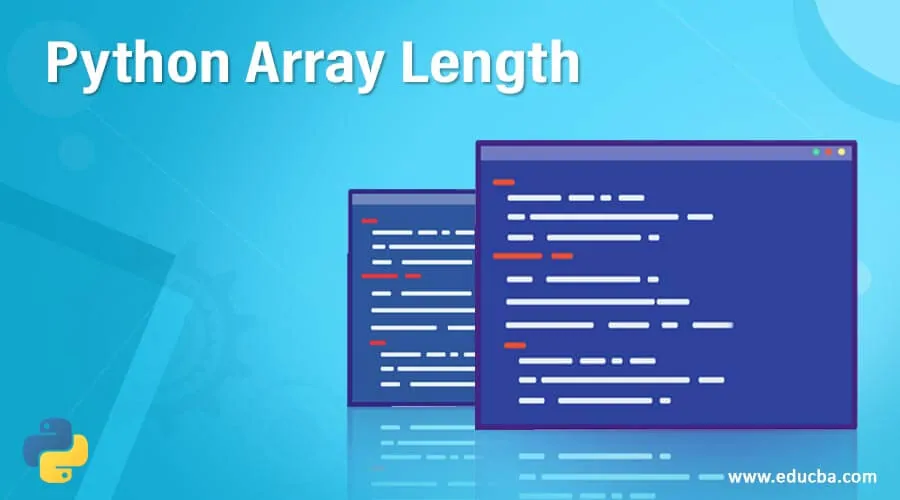4 Tips: Division Made Easy
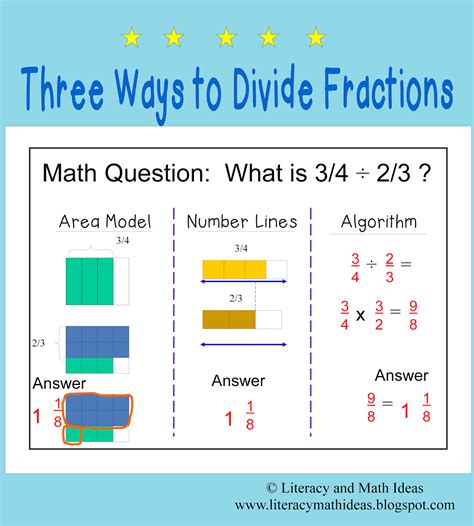
For many, division can be a challenging mathematical concept, often viewed as more complex than addition, subtraction, or multiplication. However, with the right strategies and a bit of practice, mastering division becomes an achievable goal. In this article, we will explore four effective tips to simplify the process of division and enhance your mathematical skills.
Understanding the Basics of Division

Before delving into the tips, it’s essential to grasp the fundamental concept of division. Division is an arithmetic operation that involves breaking a number, known as the dividend, into an equal number of parts or groups. The number of parts or groups is determined by the divisor, and the result of this operation is called the quotient. Division is often represented using the division symbol (÷) or a fraction bar.
For instance, consider the division problem 12 ÷ 4. Here, 12 is the dividend, 4 is the divisor, and the quotient is 3, as 12 divided by 4 equals 3.
Tip 1: Visualize with Models
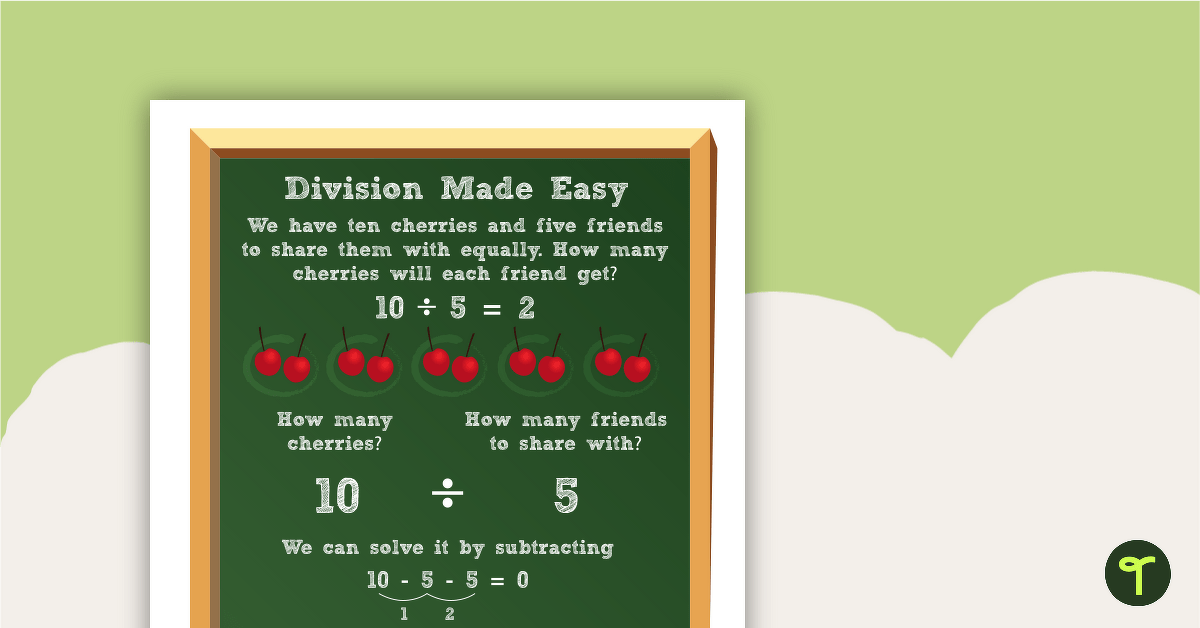
One powerful technique to simplify division is to visualize the problem using models or diagrams. Visual representations can make the concept more tangible and easier to understand, especially for those who learn better through visual aids.
Let’s take the example of dividing 24 by 6. We can visualize this problem using circles or squares, representing the groups we want to divide into. By drawing 6 circles and distributing 24 objects evenly among them, we can see that each circle contains 4 objects. Thus, the quotient is 4, as 24 divided by 6 equals 4.
This visual approach is particularly useful for understanding the concept of equal sharing or grouping, which is at the core of division.
Tip 2: Master the Times Tables
A strong foundation in multiplication is crucial for efficient division. Knowing your times tables by heart can significantly simplify the division process. When you can quickly recall multiplication facts, division becomes a matter of working backward.
For instance, if you need to divide 36 by 6, knowing that 6 x 6 equals 36, you can easily determine that 36 divided by 6 also equals 6. This knowledge of multiplication facts can make division a faster and more intuitive process.
Additionally, understanding the relationship between multiplication and division can help you check your division calculations. If you multiply the quotient by the divisor, you should get the original dividend, providing a quick way to verify your answer.
Practice Makes Perfect
To master your times tables, consistent practice is key. Use flashcards, online tools, or multiplication charts to reinforce your understanding. The more you practice, the faster and more accurate your calculations will become.
Start with the basic times tables, such as 2, 5, and 10, and gradually work your way up to more complex tables. Regular practice will not only improve your division skills but also boost your overall mathematical proficiency.
Tip 3: Use Estimation and Rounding
Estimation and rounding are valuable techniques for simplifying division problems, especially when dealing with larger numbers. By estimating the quotient, you can quickly gauge whether your answer is reasonable and within the expected range.
For example, if you need to divide 72 by 8, you can estimate the quotient to be around 9, as 72 is close to 70, and 70 divided by 8 is approximately 8.75, which rounds up to 9. This estimation gives you a rough idea of the answer before performing the actual calculation.
Similarly, rounding the dividend and divisor to the nearest ten or hundred can make the division process easier. For instance, dividing 234 by 12 can be simplified by rounding 234 to 240 and 12 to 10. Now, you have a simpler problem: 240 ÷ 10, which equals 24.
While estimation and rounding won’t give you the exact answer, they provide a valuable starting point and can help you avoid unnecessary complications.
Tip 4: Practice with Word Problems
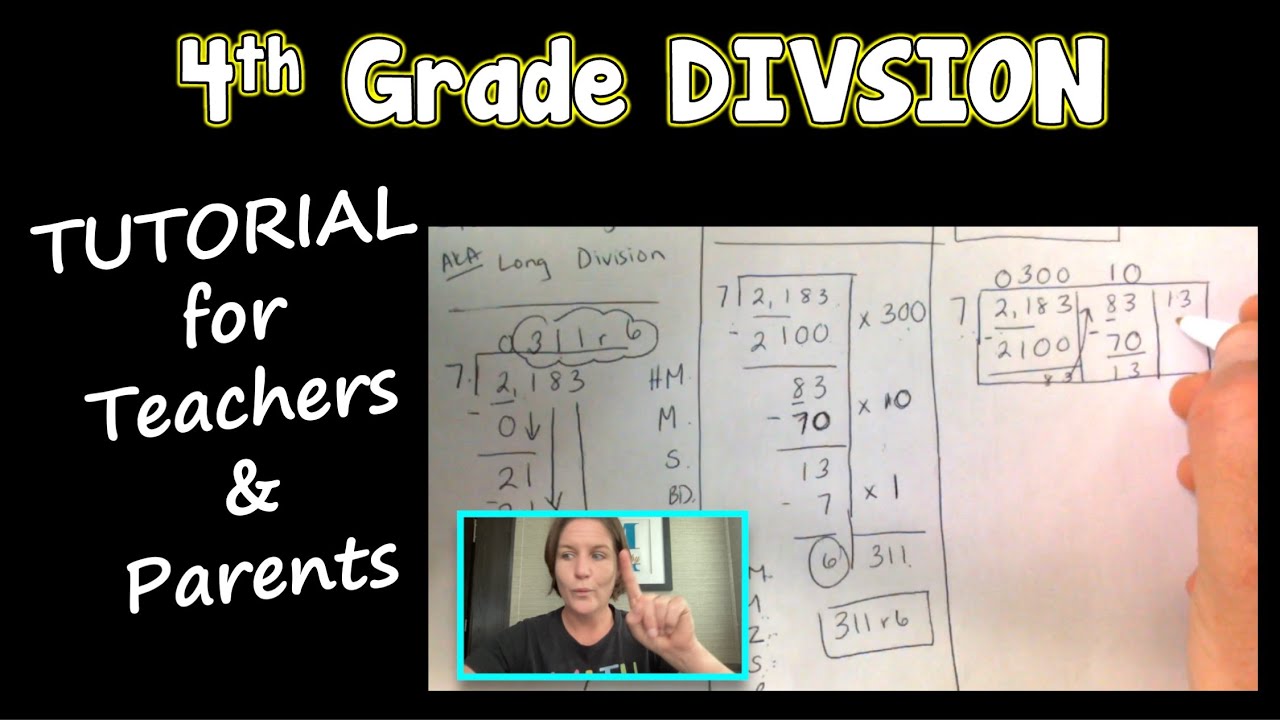
Word problems are an excellent way to apply division concepts in real-world scenarios. By practicing with word problems, you can develop a deeper understanding of division and its practical applications.
Consider the following word problem: “There are 36 students in a class, and they want to divide into 6 equal groups for a group project. How many students will be in each group?”
By recognizing that this problem involves division, you can set up the equation 36 ÷ 6 to find the number of students in each group. Solving this equation, you’ll find that each group will have 6 students, as 36 divided by 6 equals 6.
Word problems not only reinforce your division skills but also help you develop critical thinking and problem-solving abilities, which are essential in various academic and real-life situations.
Benefits of Word Problems
Working with word problems offers several advantages. Firstly, it allows you to apply mathematical concepts to practical situations, making learning more engaging and meaningful. Secondly, word problems often require multiple steps and critical thinking, helping you develop a systematic approach to problem-solving.
Additionally, word problems can be tailored to different difficulty levels, allowing you to challenge yourself and gradually increase your problem-solving skills. Regular practice with word problems will not only improve your division abilities but also enhance your overall mathematical fluency.
Conclusion: Division Made Accessible
Division may initially seem daunting, but with the right strategies and practice, it can become an accessible and manageable mathematical operation. By visualizing division with models, mastering your times tables, utilizing estimation and rounding, and practicing with word problems, you can simplify the division process and boost your mathematical confidence.
Remember, mathematics is a skill that improves with consistent practice. Embrace these tips, and you’ll be dividing with ease in no time! Keep learning, keep practicing, and enjoy the journey of mathematical discovery.
What is the difference between division and multiplication in terms of their operations and results?
+Division and multiplication are inverse operations. Multiplication involves combining groups or quantities, while division involves breaking them apart. In terms of results, division gives the number of groups or parts, while multiplication gives the total quantity.
How can I improve my speed and accuracy in division calculations?
+Improving speed and accuracy in division requires practice and a solid understanding of multiplication facts. Regularly solve division problems, especially those involving your times tables. Additionally, utilize estimation and rounding techniques to quickly gauge reasonable answers.
Are there any common mistakes to avoid when learning division?
+One common mistake when learning division is forgetting to check the remainder. Division often involves remainders, especially when the divisor doesn’t divide the dividend evenly. Always remember to note the remainder, as it can provide important information in certain situations.


